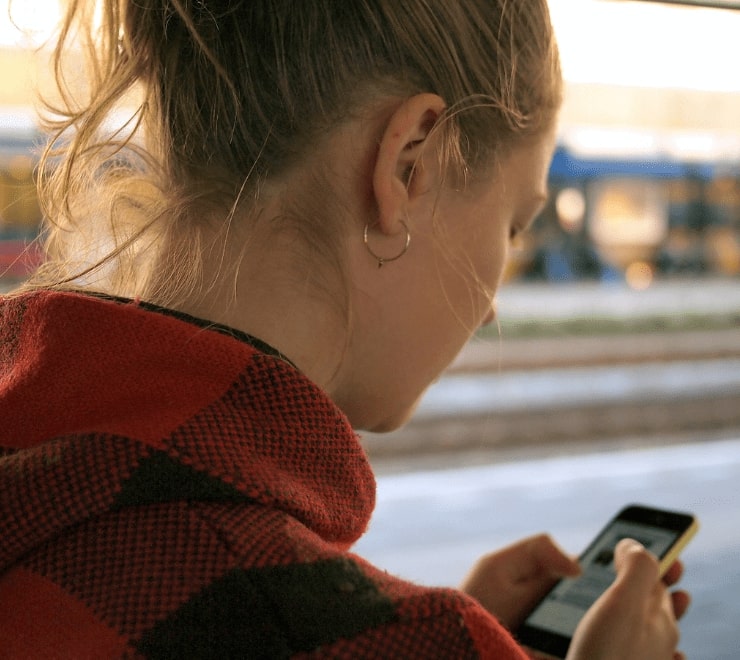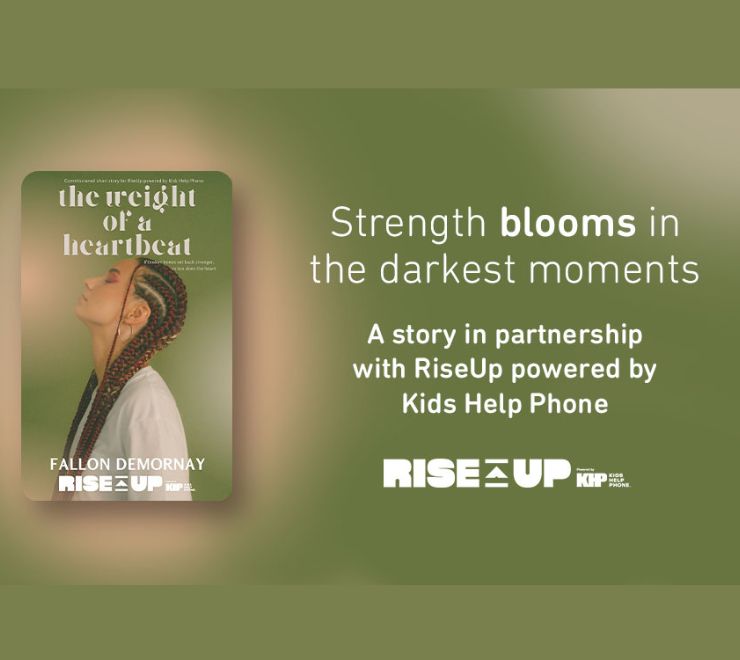Each day, we take actions to protect our physical and mental health. We wear seatbelts to reduce risk of an injury. We look both ways before crossing the road. We wear face masks to protect ourselves and those around us. These actions can be referred to as “harm reduction” and can be applied to how a person uses substances.
Harm reduction is based on the belief that people who use substances should be treated with dignity and respect. Everyone is empowered to set their own goals around substance use and make use of a range of options. This approach has been shown to reduce overdose deaths and increase access to community support programs for people who aren’t able to or don’t want to stop using.
There are many reasons why people want to try or use substances. A few examples include curiosity, coping with stress, isolation and experiences of trauma or discrimination. Much like putting on a helmet before going for a bike ride, it’s important to focus on your safety and well-being if you choose to use substances. These actions may help to reduce unintended side effects and risks related to drug and alcohol use.
Here are some tips and ideas to reduce risks and prioritize your safety:
- consume water regularly while drinking alcohol
- keep track of the number of alcoholic drinks you have
- use substances with someone you trust
- if you’re alone, tell someone you trust where and when you plan to use
- create a safer and comfortable environment for yourself (come up with a Safety Plan)
- avoid combining multiple substances
- if you’re not at home, make a plan for how you’re going to get home
- take breaks while using and allow yourself to reflect on how you’re feeling
- use your own supplies and take extra caution to sanitize reusable supplies
- try a small amount first — substances can vary based on the source, strain, etc.
- take care of your body by eating healthily and sleeping well, exercising and practicing self-care
- find an overdose prevention and consumption site close to you
- keep a Naloxone kit close by
You can learn about specific actions you can take to reduce harm related to different substances and environments here.
It’s also important to use accurate and respectful language when describing substances and the people who use them. This will help to reduce shame, stigma and misunderstanding for people who use substances. This one-page guide shares ways to use neutral and “person-first” language.
These suggestions can help you to prioritize your safety and well-being if you choose to use substances. If you’d like to learn more about how you can take care of your mental and emotional health, you can reach out to someone you trust for support.
If you think you’re at risk of an overdose it’s important to call 911 or the emergency services in your area right away.











